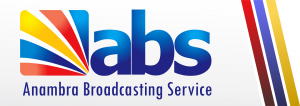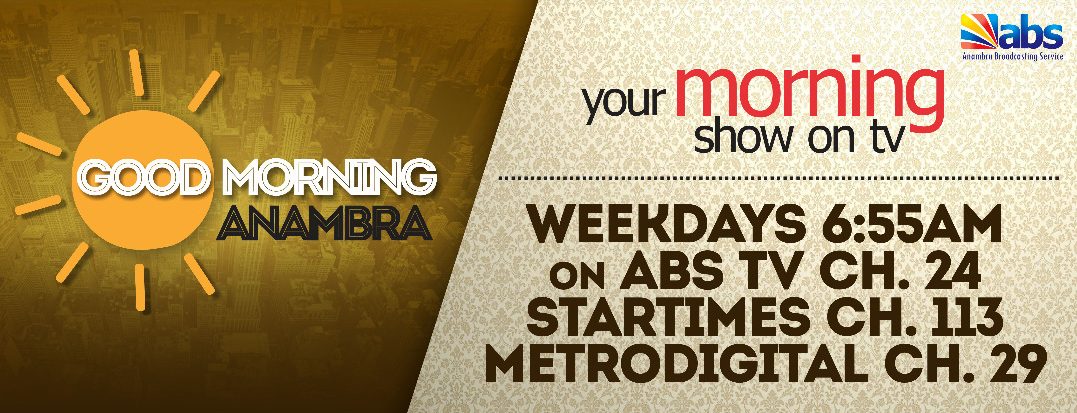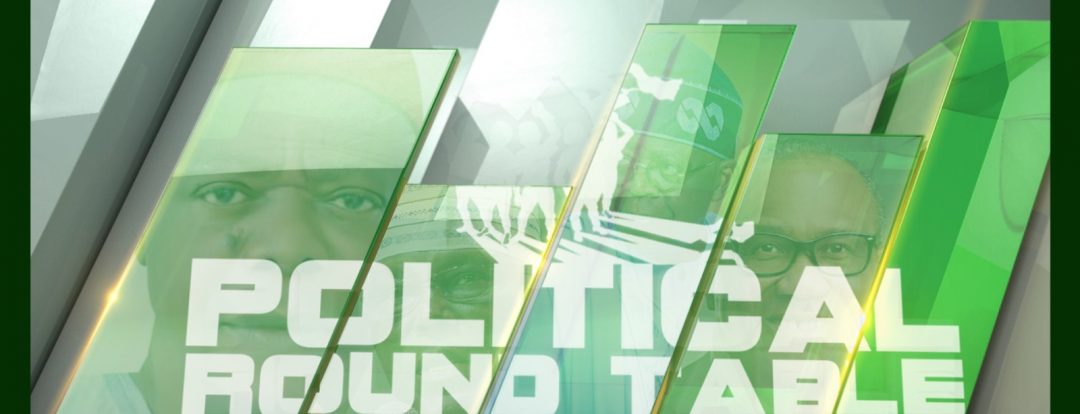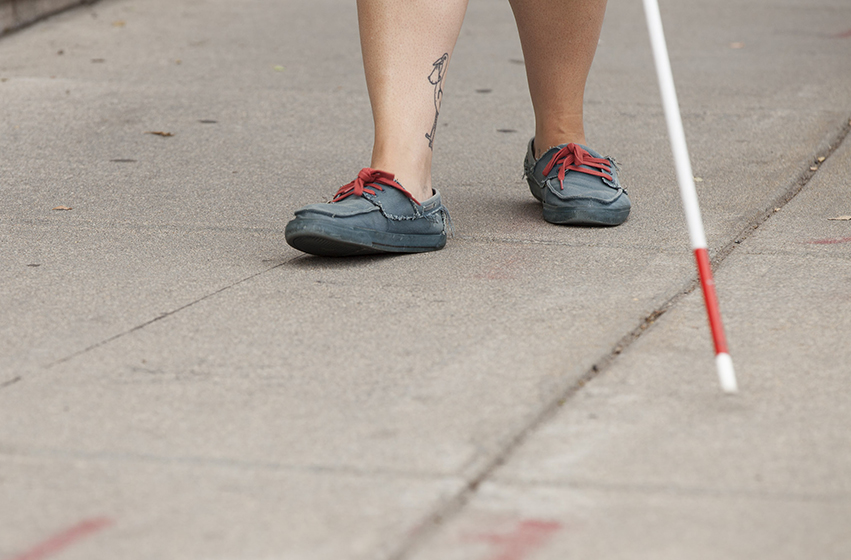White Cane Guide is a device used by many people who are visually impaired. White Cane primarily allows the user to scan their surroundings for obstacles or orientation marks, but it is also helpful for onlookers in identifying the user as blind or visually impaired.
The White Cane came into existence in 1930 when an American, George Bonham, watched a man who was blind attempting to cross a street. The man’s Cane was black and motorists could not see it, so Mr. Bonham then, proposed painting the Cane white with a red stripe to make it more noticeable.
The idea quickly caught on around the country. A day, October 15, every year, was set aside as White Cane Safety Day, which acknowledges the Independence and skill of people with visual impairment who use white Cane to navigate to work, around their neighbourhood or to wherever their plans take them.
White Cane Guide is usually light weight and made from aluminum, fiberglass or carbon fiber. Some of the canes are straight while others are collapsible which can be folded and stored more easily.
The White Cane Guide is of two types; the manual and digital types. But most blind people in Nigeria use the manual ones. Although, the white Cane has been in existence for several decades but it is still relatively new in Nigeria, hence the reason most people, both visually impaired and sighted individuals, have little or no knowledge of it.
The device is a very vital tool for the blind. It serves more like an eye to the blind. Every visually impaired person needs to possess it for easier movement around his or her surroundings.
For the sighted individuals, knowledge of the White Cane is very important so that they can appropriately give the needed help to the users of the Cane. The sighted individuals, like motorists, whenever they see people with the white Cane, are expected to stop and give them right of passage on the roads. Also, the sighted individuals are expected to help the users to cross where there are gutters, gullies or other obstructions.
In addition, when you are helping the white Cane user to cross over obstructions, please do not hold the person on the hand he or she is using to hold the Cane but hold on the hand that is free. This will make for easier movement.
Helen Keller, a blind and deaf American author, once said,” We are never really happy until we try to brighten the lives of others”. So let us always make efforts to brighten the lives of others, especially the physically-challenged, having in mind that it could have been us, if not for God’s grace.





Comments are closed for this post.